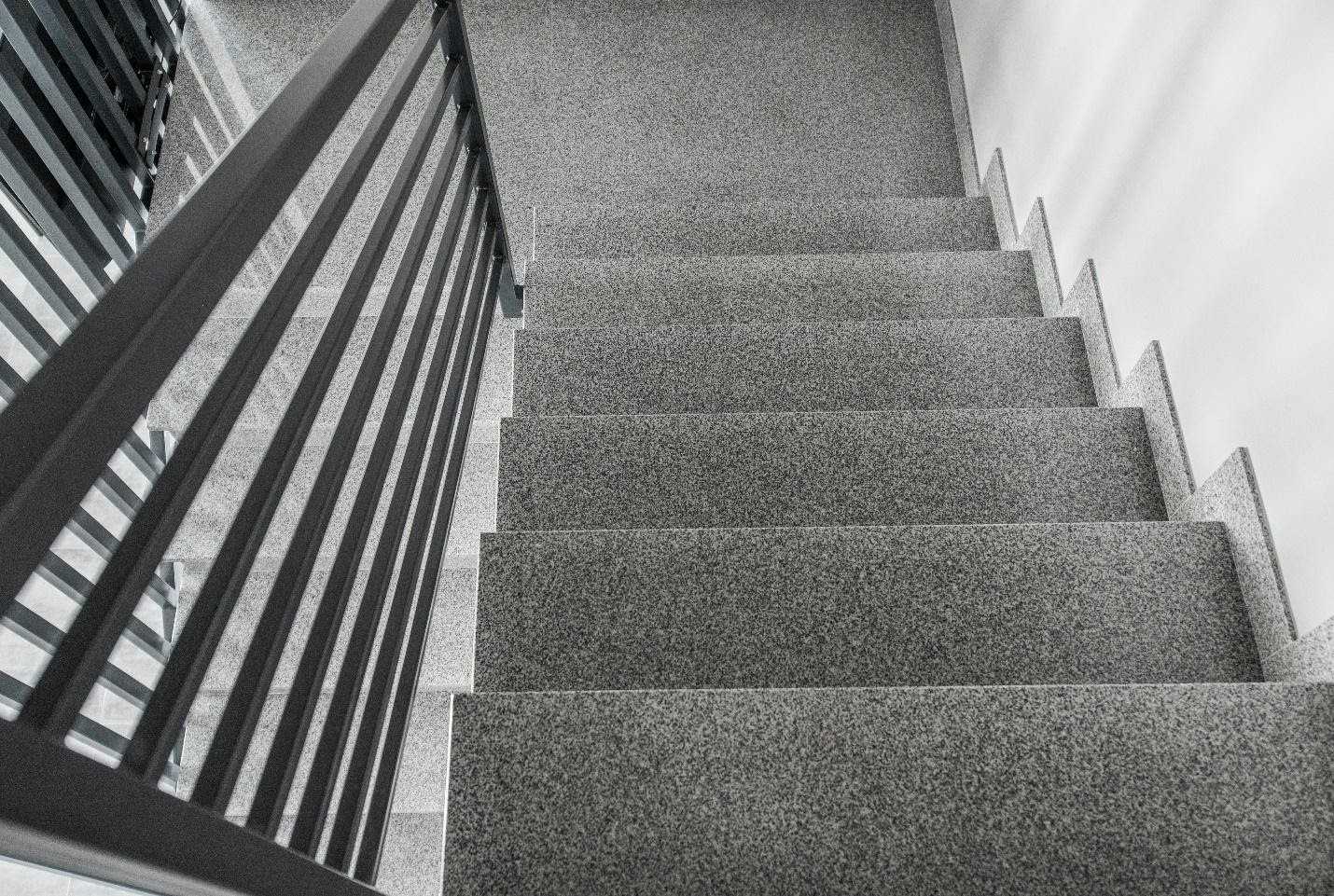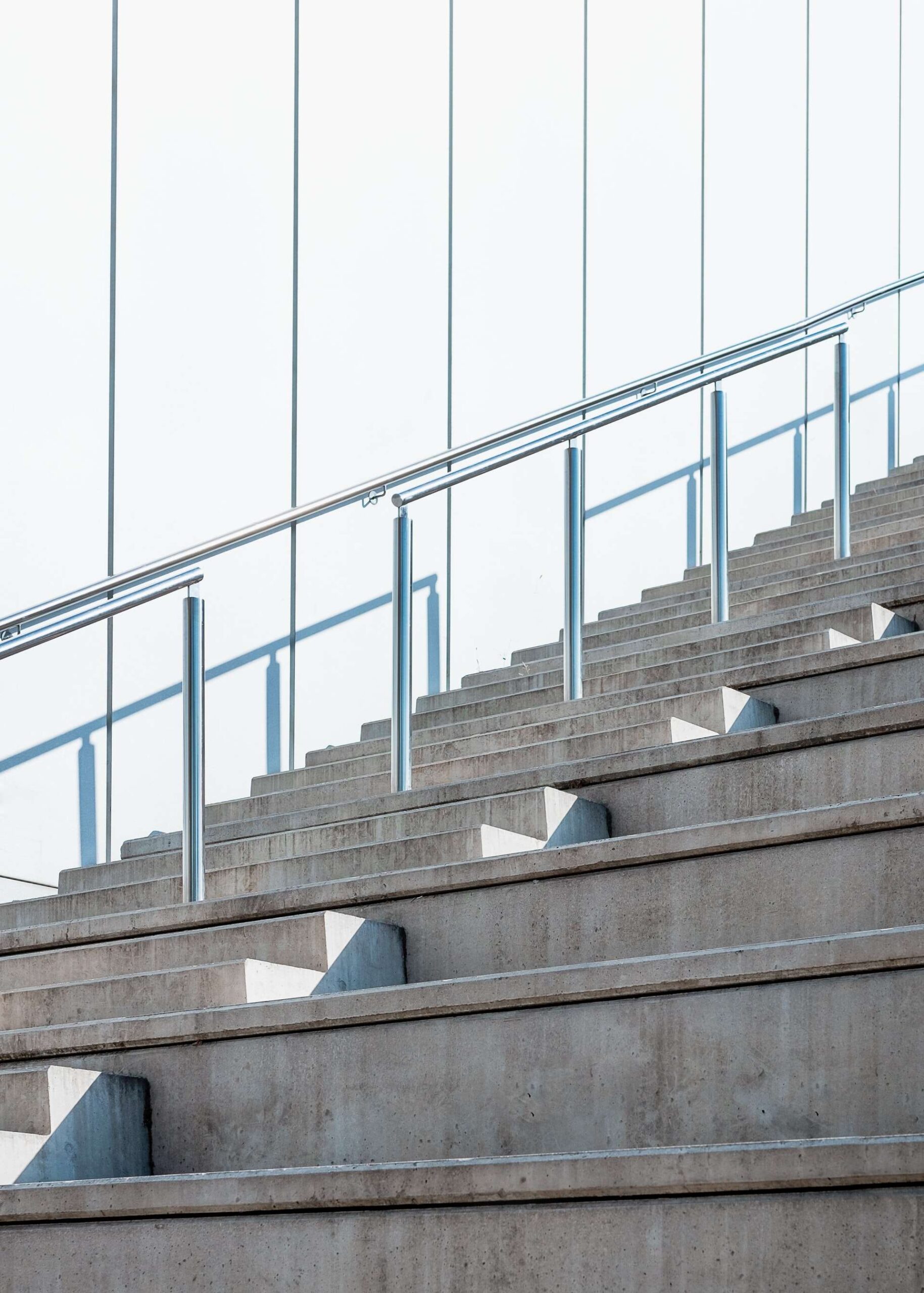
Pros And Cons of Walk-Up Apartments
You have a choice when it comes to rental housing: micro-apartments, studio apartments, single or multi-family homes, or walk-up apartments. But finding a place you can call home is not merely a matter of choice. Many external factors play a role including how far it is from the workplace, your monthly income, the average rent in Indianapolis and whether it includes or is located near good schools or health facilities.
You might be familiar with the rental choices, but the concept of a walk-up apartment may be unfamiliar. Let’s explore the walk-up apartment and what makes a great (and not so great) rental choice.
What is a Walk-Up Apartment?
A walk-up apartment is one in which there is no accessible elevator. You have to walk up to the apartment using stairs, of course, unless your apartment is located on the ground floor. Usually, walk-up apartment buildings are located in buildings with only five or six floors. The ground floor is usually used as a retail establishment, whether it be a restaurant or dry cleaning business, and the floors above are walk-up apartments.
Pros Of Living In A Walk-Up Apartment

Walk-Up Apartment
Affordability
Living in a metropolitan area is expensive. In this regard, walk-up apartments are a cheaper option than condos and co-ops. For starters, walk-up apartments are cost-effective options. Choosing a walk-up apartment is a great way to save money until you can afford something bigger and better.
Low Up-Front Costs
Up-front costs include broker fees, security deposits, and moving costs. Fortunately, you can easily find walk-up apartments without the aid of a real estate agent. You can search for them online on websites like Nyrentownsell or reach out to property managers directly to inquire about them. Besides not having to pay a broker’s commission, walk-up apartments also tend to have lower security deposits as opposed to luxury apartment rentals.
More Privacy
Walk-up apartment buildings usually have no more than 40 units, which means there won’t be as many people in the building, which translates to more privacy.
Vintage Charm
Modern buildings are being built with modern codes, and an elevator is usually required. Almost all walk-up apartments will probably be in older buildings that were primarily constructed in the first half of the 20th century. Just imagine living in a vintage apartment surrounded by tech-savvy skyscrapers. Walk-ups have a unique charm all their own.
Fitness
With the advancement in technology, life is increasingly becoming more convenient and fast-paced. Most people are living their lives in “auto-pilot” mode with little conscious thought of getting more physically fit. Residents of walk-ups get daily exercise every time they leave their apartments.
Cons of Walk-Up Apartments

Walk-Up Apartments
Walk-up apartment life isn’t all sunshine and roses. Some of the cons to this type of rental include:
Moving In/Out
Moving in and out is a part of a tenant’s life. The process in and of itself is exhausting, but living in a walk-up adds to an already exhausting process since there is no elevator. The moving company will also probably charge you more since movers will have to carry your belongings up or down several flights of stairs.
Stairs Can Be Exhausting
No matter how healthy you are, sometimes you just may not be in the mood or mindset to take the stairs, especially when you have to bring groceries or other large packages up the stairs to your apartment.
Older Buildings
Not everyone gets excited about vintage charm. Most people prefer ultra-modern, tech-savvy, and modern apartment homes. Walk-up apartments are located in older buildings that probably haven’t been renovated to include amenities like fitness centers and swimming pools.
Other Things to Consider About Walk-Up Apartments

Walk-Up Apartments
Besides weighing the pros and cons, you should consider the following:
- Walk-ups almost always require the tenant to trade convenience for affordability.
- Walk-up apartments are not ADA friendly, nor are they ideal for individuals with mobility challenges.
- Given that you’ll have to take the stairs daily, you should consider how many times you’d be comfortable climbing and descending stairs each day.
- If you have a bike, you’ll want to see if the building has storage space on the ground floor; otherwise you’ll have to carry your bike up and down the stairs.
- If you enjoy hosting guests, think about how comfortable they’ll be with having to climb the stairs to your apartment every time they visit.
The Bottom Line
It all comes down to your perspective. Similar features can be a pro for some and cons for others. However, if you are looking for affordability, privacy, and a way to increase your physical activity, you can certainly opt for a walk-up apartment.






